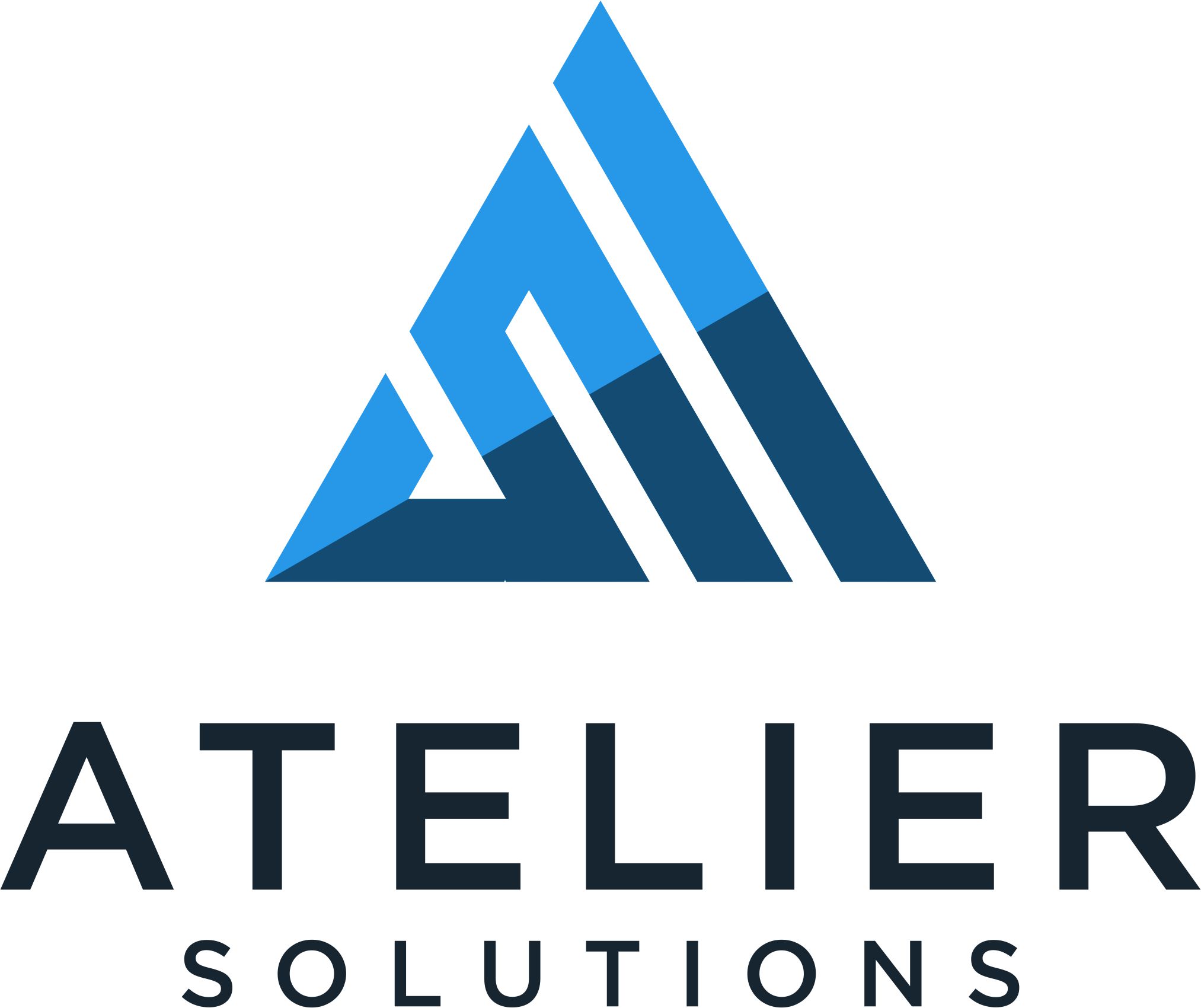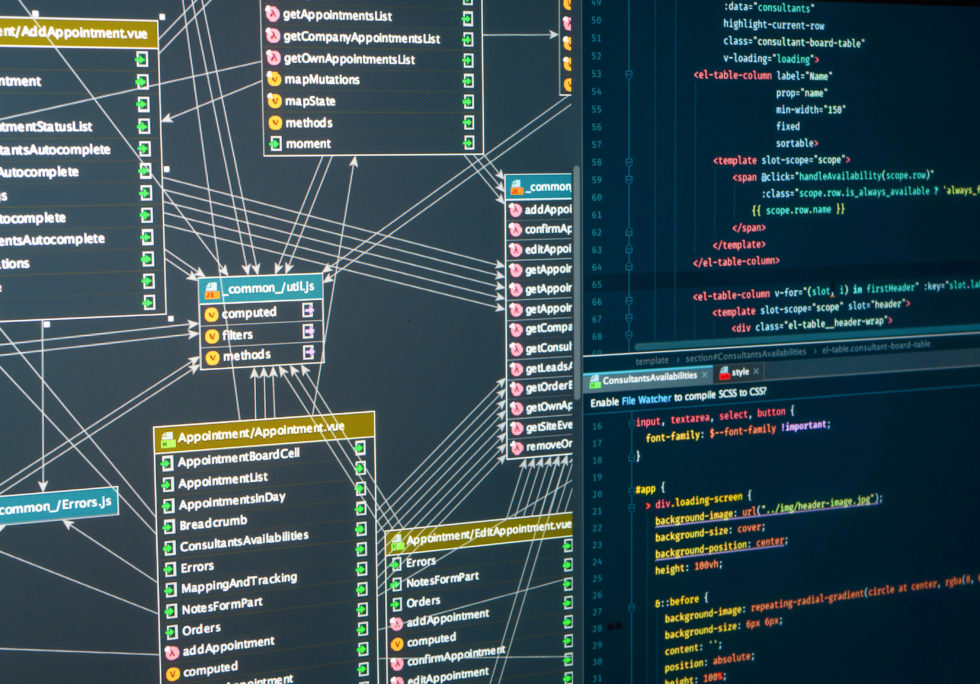When discussing how to transition to new systems or environments, one of my favorite approaches is the strangler pattern because it allows for a low risk approach to transition to the new environment in a piecemeal fashion. There is a hidden risk with this approach, and it is the price tag is increased tech debt adding complexity and maintenance costs. …
Contrary to popular belief, you’re already multi-cloud
Last week Protocol hosted a panel discussion called So you want to go Multicloud. Now what?There was one common theme that ran counter to the initial topic, and it startedfrom Priyanka Sharma of CNCF: you don’t decide to go multi-cloud. multi-cloud will find you. That one comment shatters perhaps the biggest held belief: that companies choose to go multi-cloud at …
Upselling and Breaking Up with BigCo
I was talking with my client the other day as they were looking to replace their web gateway from the early 2000s with an enterprise version of an open-source alternative. This client had a long-standing relationship with BigCo, but wasn’t really happy with them. My client’s previous attempt to escape for a smaller vendor with a much better offering and …
The Kubernetes Test for Modernization
Coming of age as a programmer around the .com boom of the late 90s and early 2000s, there was one blogger that had a big influence on the developer me, and that was Joel Spolsky of Fog Creek Software. One of his posts went viral and became the cornerstone of what true software development was supposed to be like, called …
Looking for help on Facebook
I’m going to share part of a conversation I had while attending KubeCon last fall. We sapped stories on our experiences with esoteric hardware, but there were two that came to mind. The first looked at a regional bank that happened to have a VAX based system running their daily transactions. There was an issue that required rebooting the system …
Strangling Your Data
A while ago, I wrote a post looking at different ways to modernize an application while retaining preexisting functionality. One of these techniques is called the strangler patterns which gets its name from the strangler fig. The idea being: In the original post, I highlighted two techniques that can be used to replicate data: one from a web proxy standpoint, …
Legacy Software Revelations
A long time ago, I posed a question on Twitter on what it means for software to be considered legacy. Since then, I’ve been correlating the few responses with my experience helping others with their migrations, prior client interviews, and the numerous articles I’ve seen ranging from Gartner to the smaller consultancies. There are other companies such as MuleSoft ESB …
Microservice Consolidation
As a developer and architect, it can be very easy to get caught up on the latest fads. Especially when looking at what’s on HackerNews or coming out of Silicon Valley. Microservices and Serverless functions are the rage in software development patterns. Who wouldn’t want a small simple component that is compartamentalized and allows for isolated changes? Components that do …
The Anti-Corruption Pattern and Legacy Migration Strategies
Wrapping up the posts on Legacy Migration Strategies, this article will focus on the Anti-Corruption Pattern. The anti-corruption pattern describes some custom code to interface between a legacy application and a new target application. The reason why the pattern is called anti-corruption, is due to the corruptive nature of new development being forced to conform to a pre-defined legacy interface. …
The Strangler Pattern and Legacy Migration Strategies
Following up on my previous post on Legacy Migration Strategies, I will be talking about the strangler pattern. At its core, the approach is to take your original application, and replace it piece-by-piece by “strangling” it to death with each new component. The biggest reason for architecting with this approach in mind is to minimize the impact of the transition …
- Page 1 of 2
- 1
- 2








